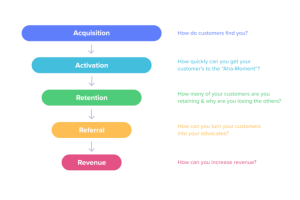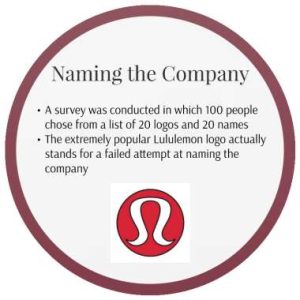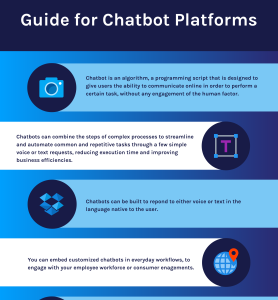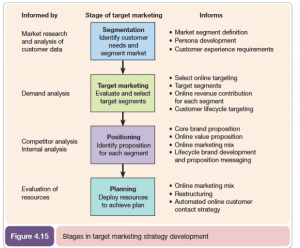Prohibition Of Promoting Corruption In The Public And Private Sectors Through Risk Management
As experts, we should avoid becoming victims of corruption in the public and private sectors. Corruption will plunder the public and private sectors, erode our personal professional brand and the company’s brand(reputation risk), and damage the employees of the two departments who focus on their careers with integrity and fairness.
Corruption is defined as all acts or behaviors related to individuals or persons authorized by the public sector to perform their duties. These acts or behaviors contradict their own duties and are intended to obtain some form of improper benefits for themselves.
although most companies and government departments have clearly formulated policies condemning fraud, bribery, intimidation, misappropriation of public funds, private fraud, kickbacks and other forms of corruption, these policies do not seem to work as expected, and corruption continues to rise.
Corruption impedes possible foreign investment, stifles economic growth and undermines sustainable development efforts. It further destroys various control layers of the company, IRMSA and other member organizations, legal and judicial systems. Corrupt individuals and enterprises offer bribes in order to not comply with the prescribed rules, laws and regulations, and continue to gain due benefits through bidding, contracts and preferential treatment at the expense of those who choose to uphold noble moral values. Many people lost their lives in the process of eradicating corruption, and people’s lives continue to be threatened. This complicates the fight against corruption.
The most important concern of venture capital experts is that corruption will lead to other possible related and unrelated risks. For example, if a private sector service provider pays rebates to government agency employees to provide specific services, the service provider may not be able to provide services according to the specified standards, or in extreme cases cannot provide services. If the government wants to solve the specific risk by controlling the service, it means that the risk is likely to be realized due to the lack of control.
David Lewis, Executive Director of Corruption Watch, explained: The lesson we have learned from our recent history is the role of private sector companies and professionals in promoting corruption in both the public and private sectors. These include legal and audit experts, tax and management consultants, and real estate brokers. Lewis further explained that their organization’s work as a corruption supervisor will increasingly focus on being identified as such a corruption promoter.
In order to highlight the risk of corruption in our organization, we must create a scenario where corruption risks can occur in the risk discussion. The jargon used in the scenario must be associated with the organization and only applicable to the largest organization. If the control does not work as expected, the vulnerability must be addressed using alternate or combined controls. For example, in order to reduce collusion, employee rotation can be used to assist in the automation of some processes.
Corruption undermines the efforts of civil and public sector experts who fulfil their responsibilities. As risk experts, we must protect controls established through member organizations, regulators and the legal and judicial systems. Risk management is a useful tool to ensure compliance with these controls. If these controls are inadequate, the risk manager must take further measures.
One of the advantages of risk management is that smart behavior can eliminate fraud and corruption, create sustainable value, and make great contributions to protecting and improving reputation.
In this unprecedented era, risk managers play a more important role than ever in the fight against corruption. As a risk expert, you should ask your organization the following questions:
• Is corruption considered a potential risk?
• Is there an organization related program to show the potential for corruption risks?
• Is there corruption in the risk register?
• Are controls in place to address weaknesses in policy implementation to reduce corruption risks?
• What is your further mitigation strategy to proactively identify situations where individuals in your organization may contribute to civil or public sector corruption?
• Are these controls adequate to effectively prevent possible corruption?
Reference documents:
“Annual Report: Corruption Watch”,(2019). Write it on the wall(page 13).
Ionescu,L.(2011). Institute of Finance and Accounting Management for Fraud, Corruption and Quality Internal Control in the Private Sector. Spiluhale University, Romania.
Vyas Doorgapersad,S.(2007). Public sector corruption: a comparative analysis. Department of Business, Northwestern University, South Africa.
Author:
Modizane
IRMSA Certified Risk Manager
Republic of South Africa
E-mail: [email protected]








